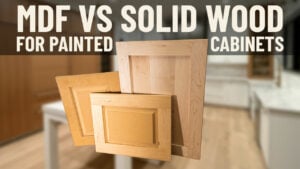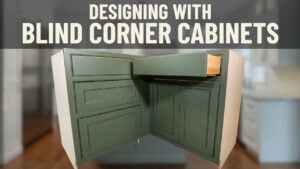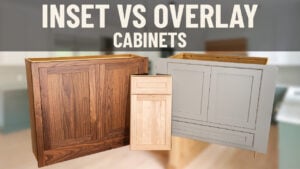Quarter Sawn Oak and Rift Sawn Oak are becoming increasingly popular in kitchen, bathroom, and home office designs. Nick explains the differences between plain sawn white oak, quarter sawn white oak and rift sawn white oak, as well as the features, benefits, demands, limitations and price differences you can expect when ordering white oak cabinets. Feel free to reach out to your Cabinet Coach with any other questions, and enjoy your new cabinets!



